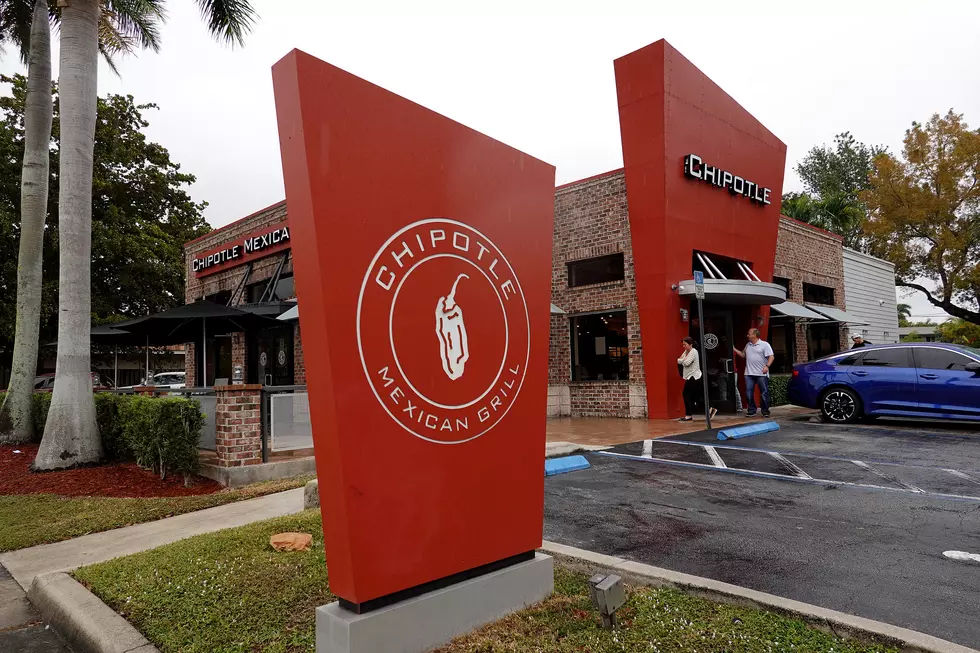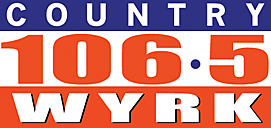
Here Is How Ryan Newman Survived Crash At Daytona
Last night's Dayton 500 finish left fans, race team employees, and officials all holding their breath as Ryan Newman crashed and flipped his car on the last lap of the race.

After a long two hours, it was reported that Newman was in the hospital in serious condition but with non-life threatening injuries.
So how did Newman survive the crash? It has to do with all the safety measures NASCAR has taken over the past decade.
WESH shared some of the major improvements to safety that NASCAR has made.
According to NASCAR, safety starts at the driver's seat and builds outwards.
"The seat is that driver's office," John Patalak, the senior director of safety engineering said in a video posted on NASCAR's website. "That's where (the driver) has to be at peak performance for three, four, five hours."
For example, Patalak said their team added toe board foam, which absorbs energy on impact, to the toe board to protect drivers' extremities.
"That reduced loads into the lower legs, ankles and knees of drivers during a frontal impact," he said.
Their seat belts are next level
About 19 years ago, NASCAR began requiring the use of Hubbard's Head and Neck Support --- HANS -- devices which continue to protect drivers today.
"The HANS reduces the compression forces on the spine present when a driver wearing a helmet is subjected to the (gravitational forces) of an accident," according to the Facebook page of HANS Performance Products.
The device is one piece, stretching through two arms over each side of the driver's torso, the page says, and held in place by the shoulder belts of a safety harness.
They've got roof flaps and window nets
A small but powerful addition.
These flaps help prevent cars from going airborne, NASCAR's website says.
The large flaps wrap around a race car's roof and deploy during a crash by preventing too much air from rushing over the car and help blow it upward.
Racetrack walls are covered in steel and foam
NASCAR says the walls that surround each track are covered in Steel and Foam Energy Reduction (SAFER) barriers.
Those barriers, first introduced at the Indianapolis Motor Speedway in 2002, help absorb energy upon impact, according to the Midwest Roadside Safety Facility at the University of Nebraska-Lincoln.
The barrier, according to racing sanctioning body INDYCAR, has been "one of the most effective safety measures taken in the racing industry in recent years."
More Articles You Might Be Interested In
More From 106.5 WYRK









